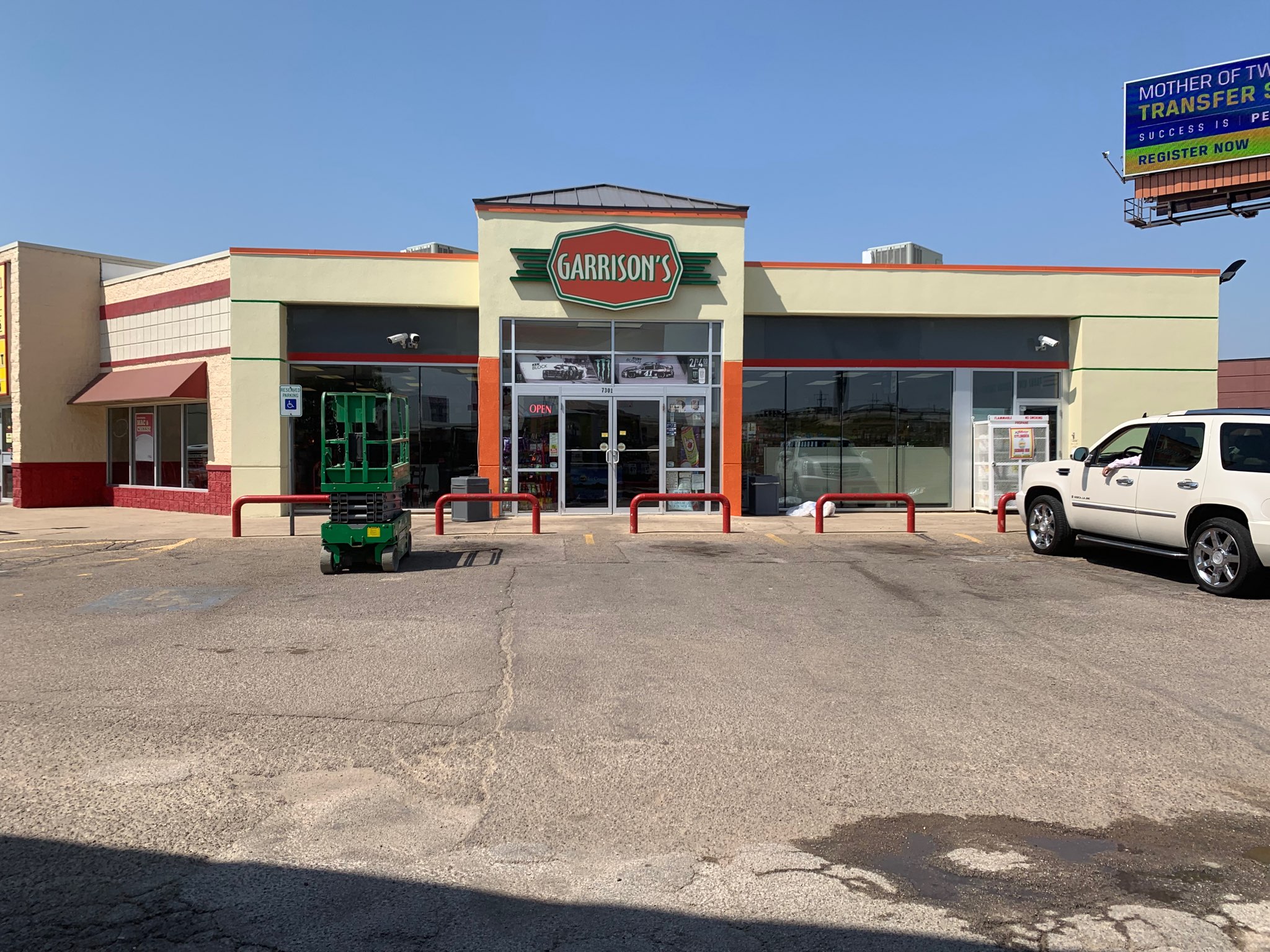
November 7, 2021
When thinking about data analytics for c-store growth – new stores versus existing stores, several key differences appear. Either way can be the key part of driving growth for many successful c-store chains. Using data differs for each type of growth. Choosing the right data leverages the growth investment to maximize the return on time and investments.
C-Store Remodels
One way to grow with existing stores is re-modelling. Items include

- Bathrooms
- Space for food (deli, pizza, dine-in)
- Lighting (costs, safety, image)
- Entry and exit ease
- More pumps
- Image upgrades
- Maintenance issues
Analyzing remodeled stores require longer timeframes for comparison across broader measurements. Typically, these types of analysis compares year over year results for:
- Traffic
- Total sales
- Margin increase
- Basket size
- Department analysis
Making investments into existing properties is frequently used by those with strong management. It requires getting more from the same space. More transactions, bigger transactions, or higher profit transactions. The shift to food often drives upgrades in cleanliness, brand recognition and other items such as lighting and maintenance to match the food industry brand mastery.
Naturally, data analysis for remodels needs seasonal data such as same day/week/month last year, same holidays, and even weather awareness. The new comparison, of course, is pre-pandemic/post-pandemic which is driving the 2-year rather than 1 year comparison.
C-Store Coaching
Driving growth in the same store with new promotions or management oversight is often viewed as a faster and higher ROI project for many companies. Just taking exactly what is in place and coaching store managers and cashiers to reduce theft and upsell can bring significant profit and allow pay increases to retain the best staff.
For same store, same resource growth, the analysis will include year over year comparisons, but often uses daily or weekly trends. Coaching and feedback that is quick and direct promotes understanding. Keeping the program for weeks (or even months) establishes a pattern and shows the staff consistency. Obviously, providing compensation for good work builds trust and motivates the right behavior.
New C-Stores
New stores, of course, mean entire new capacity. Unless you have purchased a store and have their data, then the new store must use only current data. For these situations, having a goal based on the similar stores can be helpful. Typically, however, the daily tracking of sales and the day to day change is critical. Most of the rules for a new store regarding same day of the week or same season are ignored in the first few months. There are so many new items to manage – store manager, new staff, new delivery routes, new customers – that just keeping the basics in place is crucial.
As such, the number tend to be category based for the first few weeks. New store analytics tend to cover
- Gallons sold
- Traffic
- Inside sales in total
- Cigarettes, Beer
- Food
- Day Parts
- A few items that may have a new store special
After the new store has been open for a few months, the focus shifts. The tracking begins to look more like that of existing stores. The comparisons however are just from previous weeks and months rather than the same period last year. Often product movement and category comparisons are used to look for obvious differences from other similar stores. It is helpful to find a similar store to identify which areas of sales or activity are not working in proportion to these stores. As with most new things, it takes a while to get all the different parts fully functional and working smoothly. Looking at proportional sales rates by category, by example, can show where to focus attention.
C-Stores Are Unique
All stores are unique and have their own cycles. Great managers know their stores and learn their unique patterns. Nonetheless, using numbers saves time to identify patterns and more importantly to spot changes quickly. Quick identification of problems prevents small problems from becoming large and ensures that the most important items are noticed and addressed.
The key is to include a manageable amount of analytics into your management time and operational budget. When establishing data analytics for c-store growth – new stores versus old stores, knowing your key drivers is critical. Just focus on the most important items to minimize the time required for managers to review the results.
Time Matters in C-Stores
Having time in the planned workflow enables a manager to address the data analytics without adding extra pressure to their busy schedule. All growth patterns have value, and all have challenges. C-store owners grow sales by adding stores or improving existing ones. Whether adding new stores, remodeling what your have or simply coaching staff on best practices, matching data analysis to the changes helps. The right analytics will confirm success, identify problems and therefore maximize the growth and reduce risks.